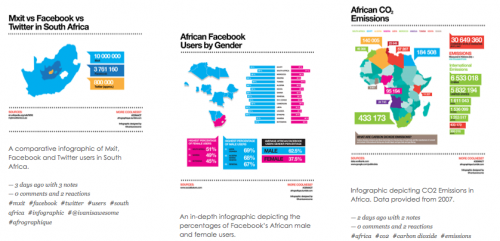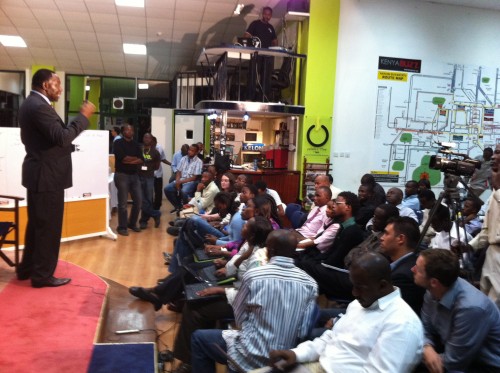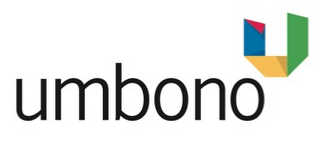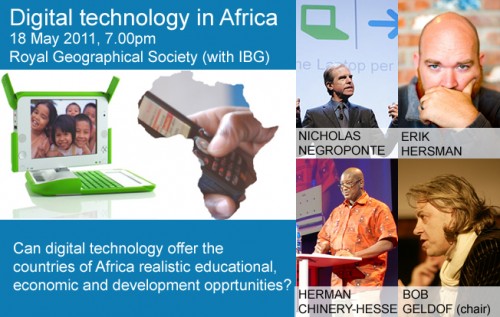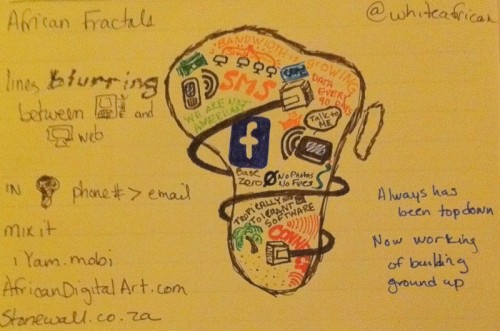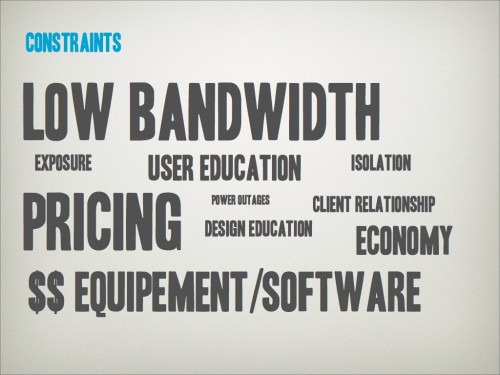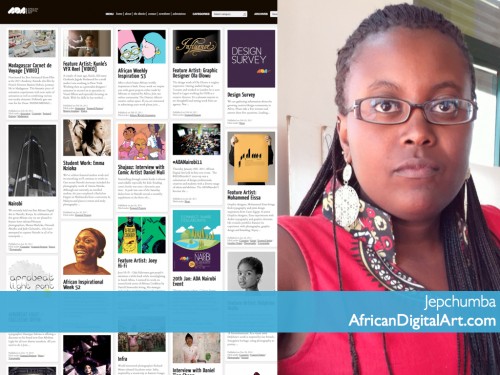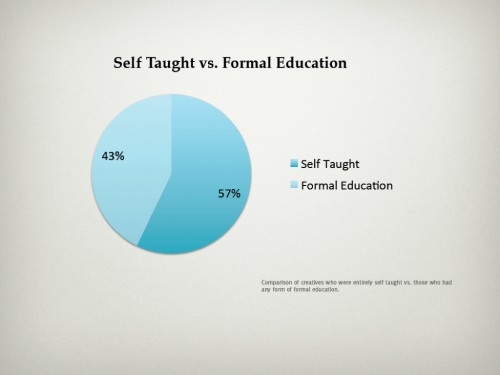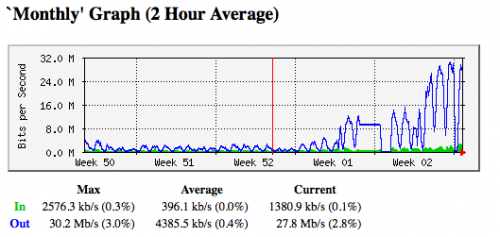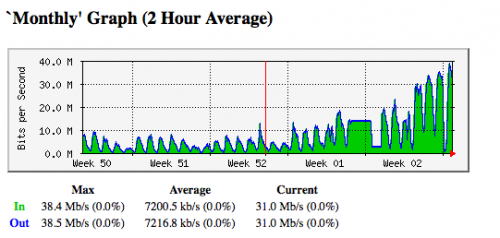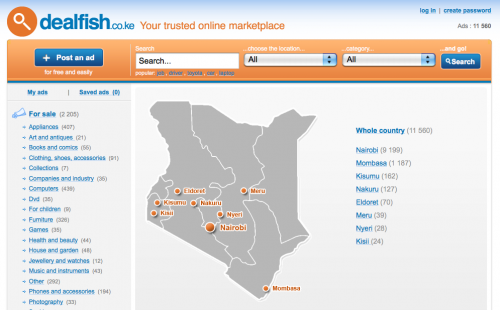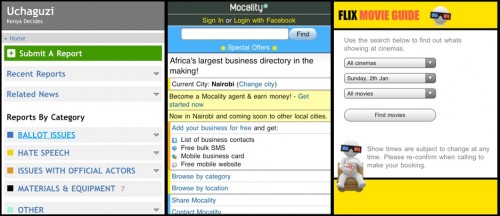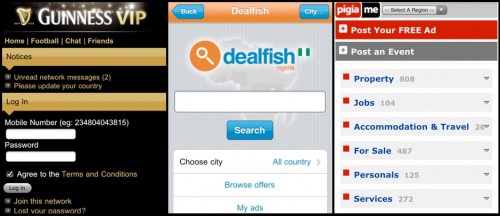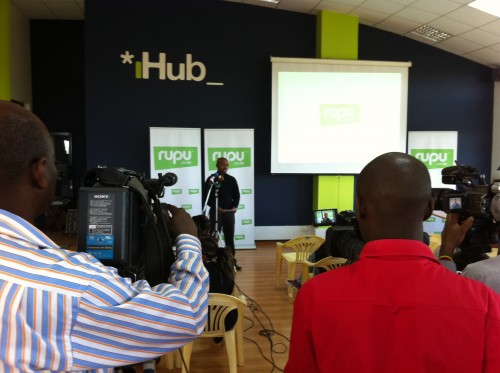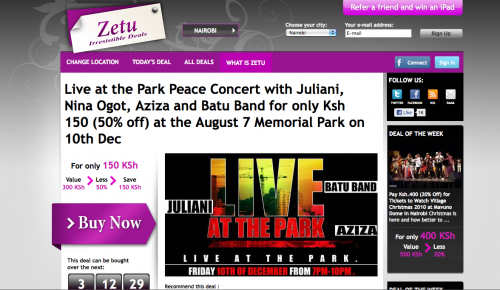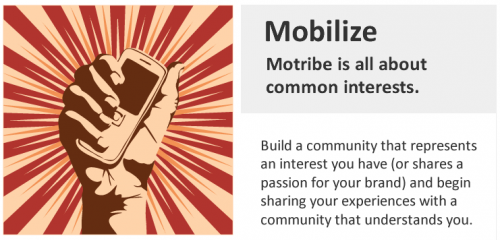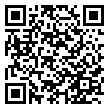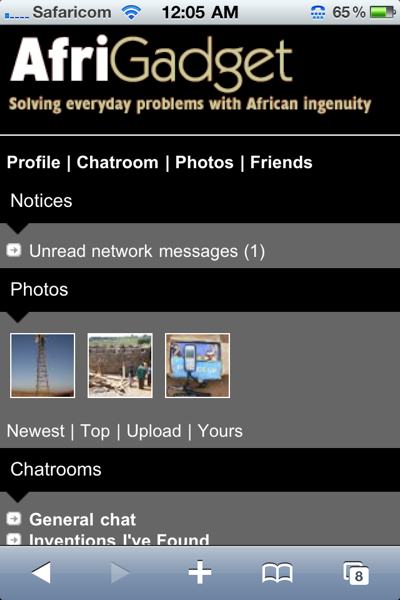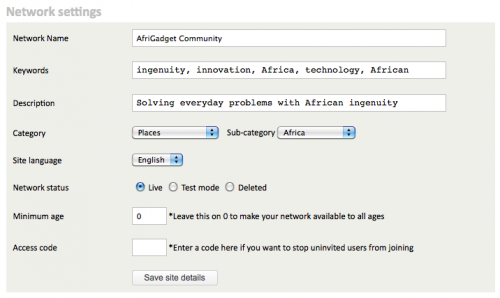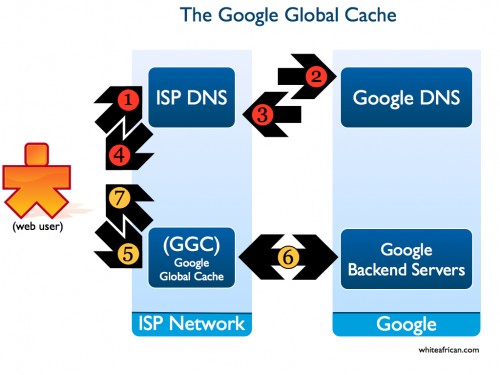I’m in Bonn, Germany as the English speaking judge for Deutsche Welle’s “Best of Blogs” awards (aka The BoBs). There are 11 judges, each representing different languages, and we each get to present one blog for each main category and each get one vote for the winner. Being the English judge is actually quite challenging, where many of the language judges need only focus on a single region, I have to contend with the fact that there are English blogs all over the world, so many that I can’t know all of them.
House Help and Human Rights
Blogs give voice – they lower the barriers, allowing stories to surface that would otherwise not be seen or heard.
The first vote today is for a Special Award on Human Rights. It’s a sobering start to the morning, going through blogs where people are doing courageous writing, shining a light on atrocities from Mexico to Germany to China. My nomination was for the blog Migrant Rights in the Middle East. It’s a blog put together by Mideast Youth, led by Senior TED Fellow Esra’a al Shafei out of Bahrain – a true grassroots effort.
One of the top contenders in this category is the Chinese blogger Teng Biao’s blog, a prominent human rights lawyer, writer and professor from Beijing. He was arrested this February dung the first day of China’s Jasmine Protests.
Migrant Rights won the award. I think this is largely due to the fact that what the team at Mideast Youth is doing hits on a subject that is so rarely spoken of. There are millions of house help and casual laborers that work in homes throughout the middle east, they come from all over the world and they lack a voice. Their stories get picked up from time-to-time in mainstream media, but there’s a need to follow this all the time (with resources and a database of activities), across the whole region and that’s where Migrant Rights fits in.
Expatriate workers are a crucial part of the fabric of Gulf society and economy, where they make up to 80% of the population in some states…
Whether we are a Qatari citizen who has grown up with a team of domestic staff at home, a Saudi woman who relies on her Pakistani driver to go to visit her girlfriends, or a western expat who benefits from a Filipino cleaning lady and works in a smart, modern office tower that was build from the back-breaking work of Nepalis, Indian, Pakistanis and Bangladeshis, we all owe these individuals a debt of gratitude. Yet instead these individuals are undervalued, ignored, exploited and denied their most basic human rights. This is modern day slavery.
Congratulations to Esra’a and her team for providing a voice to the often voiceless.
Other Jury Winners
- A Tunisian Girl (French language) for Best Blog
- Stands with Fist (Persian language) for Best Video Channel
- Rospil (Russian language) for Best Use of Technology for Social Good
- We Are Khaled Said (Arabic language) for Best Social Activism Campaign – the first time a Facebook group has won
- Ciudad Juarez, en la sombra del narcotrafico (Spanish language) for the Reporters Without Borders Award
I was also in charge of the Best Blogs in English category, and I’m very happy to announce that the winner is Sandmonkey!
(Note: For those counting, 3 of the 6 jury winners are from North Africa and the English winner is also from the continent. All for good reasons of course, the activity in this space has been amazing since just January. Now it’s time for sub-Saharan African bloggers to up their game. Part of that means nominating the really amazing bloggers who are doing incredible work in your region. )

